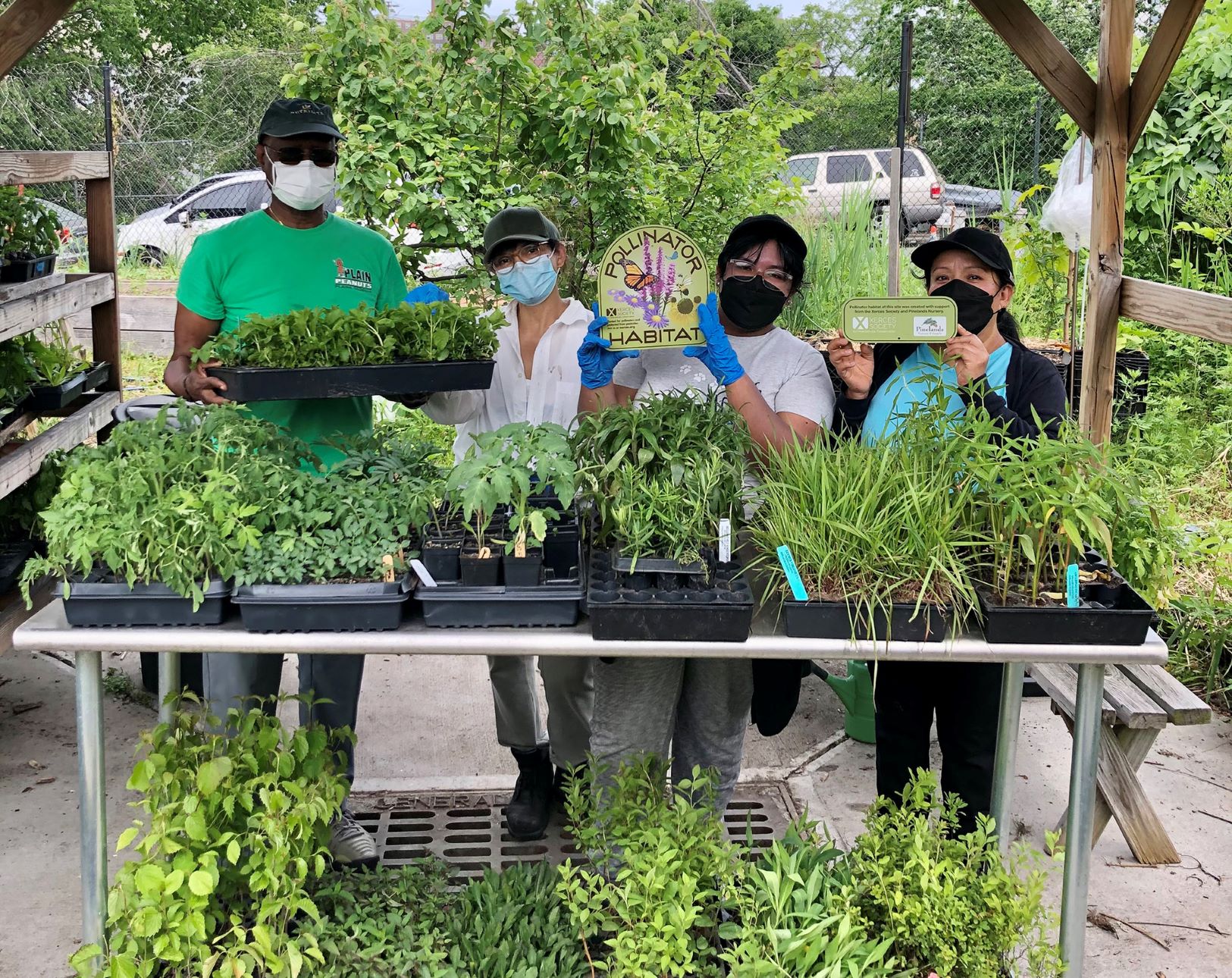Description
Pollinator habitat kits are pre-packaged collections of plants and materials designed to attract and support pollinators like bees, butterflies, and hummingbirds. These kits are often tailored to specific regions or purposes, such as creating a garden, enhancing biodiversity, or supporting local ecosystems. Here are some standard components and considerations for pollinator habitat kits:
- Native Plants: Kits typically include native flowering plants that provide nectar and pollen sources throughout the growing season. Native plants are well-adapted to local climates and soil conditions, making them more resilient and attractive to local pollinators.
- Plant Selection: Kits may include a variety of plants with different blooming periods to ensure continuous food sources for pollinators from early spring to late fall. Examples include milkweed for monarch butterflies, bee balm for bees, and aster for late-season nectar.
- Habitat Features: Some kits may include materials to create specific habitat features, such as bee hotels for solitary bees, butterfly puddling stations for butterflies, or nesting sites for hummingbirds.
- Educational Materials: Many kits come with educational resources on pollinator ecology, gardening tips, and information on creating a pollinator-friendly habitat.
- Organic Practices: Kits often promote organic gardening practices to minimize pesticide use and support healthy pollinator populations.
- Local Adaptation: Kits may be tailored to specific regions or climates to ensure the plants and materials are well-suited to local environmental conditions and pollinator needs.
- Water Sources: Some kits may include suggestions for providing water sources, such as shallow dishes with stones or a small pond, to meet the hydration needs of pollinators.
- Maintenance Guidelines: Instructions on planting, watering, mulching, and maintaining the habitat to ensure the plants thrive and continue to support pollinators.
- Community Engagement: Kits may encourage community involvement through workshops, events, or social media campaigns to raise awareness about pollinator conservation and habitat creation.
- Certifications and Partnerships: Look for kits endorsed by conservation organizations or certified as pollinator-friendly by recognized entities to ensure they meet conservation standards.






Sikiru –
I’m delighted with the quality and diversity of plants included in the pollinator habitat kit. The planting instructions and tips on supporting pollinators have been invaluable in creating a thriving ecosystem in my backyard. This digital service has exceeded my expectations in promoting biodiversity and supporting organic gardening practices.
Tawa –
This digital service has made it incredibly easy to create a pollinator-friendly garden. The habitat kits are well-curated with a variety of native plants that attract bees, butterflies, and other beneficial insects. It’s been a joy to watch my garden come alive with pollinators, and I appreciate the educational resources provided to ensure their long-term success.